Creamy Sunchoke Soup Recipe: Comfort Food Done Right
Views: 156
Did you know that in modern cooking, chefs often use the term velouté to describe dishes or soups with a smooth, creamy, and velvety texture? In culinary lingo, a creamy sunchoke soup might be called sunchoke velouté or Jerusalem artichoke velouté. Despite the elegant name, it’s simply a creamy soup made from humble tubers, much like potatoes.
Our step-by-step creamy sunchoke soup recipe takes the mystery out of this sophisticated-sounding dish. With clear instructions and simple ingredients, this creamy sunchoke soup recipe ensures your homemade version can easily compete with the creations of top chefs.
Wait, there’s more! Did you know that creamy sunchoke soup freezes beautifully, making it the ultimate freezer meal for an easy, delicious lunch? It’s true! But to keep it tasting just as fresh as the day you made it, there are a few simple tips for freezing and reheating. We’ll guide you through the steps to make sure your soup stays smooth and flavorful. So don’t wait—make a big batch now and enjoy it for weeks to come!
What is Jerusalem artichoke?
Jerusalem artichoke and sunchoke are two names for the same vegetable. It’s like having two nicknames for your pet cat. Both names refer to a plant that grows underground, a bit like potatoes. Even though it’s called “Jerusalem artichoke,” it has nothing to do with Jerusalem or artichokes!
The fun fact about the Jerusalem artichoke is that It is a type of sunflower native to North America. The name “sunchoke” is used to emphasize its connection to the sunflower family. The part of the plant that we eat is called the tuber, and it tastes a bit nutty and sweet, somewhat like the sunflower seeds.
Cooking with Jerusalem artichoke
You can cook Jerusalem artichoke in many different ways, like roast or boil, and use it in salads or soups. Whether you call it Jerusalem artichoke or sunchoke, it’s a tasty and versatile veggie! Many people like using sunchoke in soups, where it can be the main vegetable star. Alternatively, combine it with potatoes and mushrooms. Because of its flavor, sunchoke soup benefits from the addition of cream or milk. Vegans can substitute either of these ingredients with coconut cream.
If you are using young Jerusalem artichokes, you can get away with thoroughly scrubbing the Jerusalem artichokes under running water using a vegetable brush. Scrubbing helps remove any dirt or debris from the skin. You should peel older Jerusalem artichokes if their skin appears tough. Use a vegetable peeler and gently remove the outer layer, just like you would when peeling potato.
Most importantly, clean Jerusalem artichokes just before use to prevent browning.
Why soak peeled Jerusalem artichokes?
Many Jerusalem artichoke recipes, including ours, recommend soaking peeled Jerusalem artichokes in a bowl of cold water with a bit of vinegar or lemon juice. While this step is optional and won’t impact the taste of your soup, we recommend it to prevent the browning of the sliced Jerusalem artichoke.
Substitutions
While any substitution can impact the flavor of the final dish, these are some of the substitutions that you can try:
- You can substitute leek with white or even yellow onion. If you go with this substitution, add one extra clove of garlic to the ingredients
- Sherry is what makes this soup taste so upscale. However, if alcohol is not your cup of tea, you can skip it altogether.
- If you are looking for an alcoholic beverage substitution, dry Madeira can work fine with this soup.
- You can substitute dairy in this soup with non-dairy products, such as swap butter for sunflower oil and cream for coconut cream.
Artichoke Soup Preparation Steps
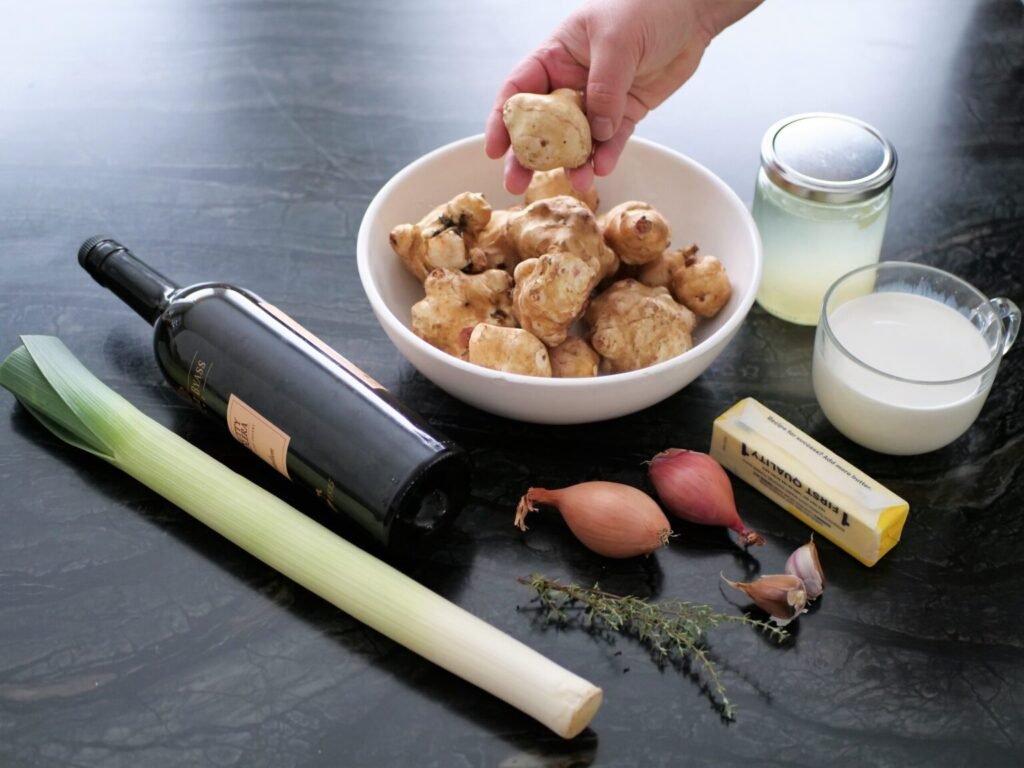
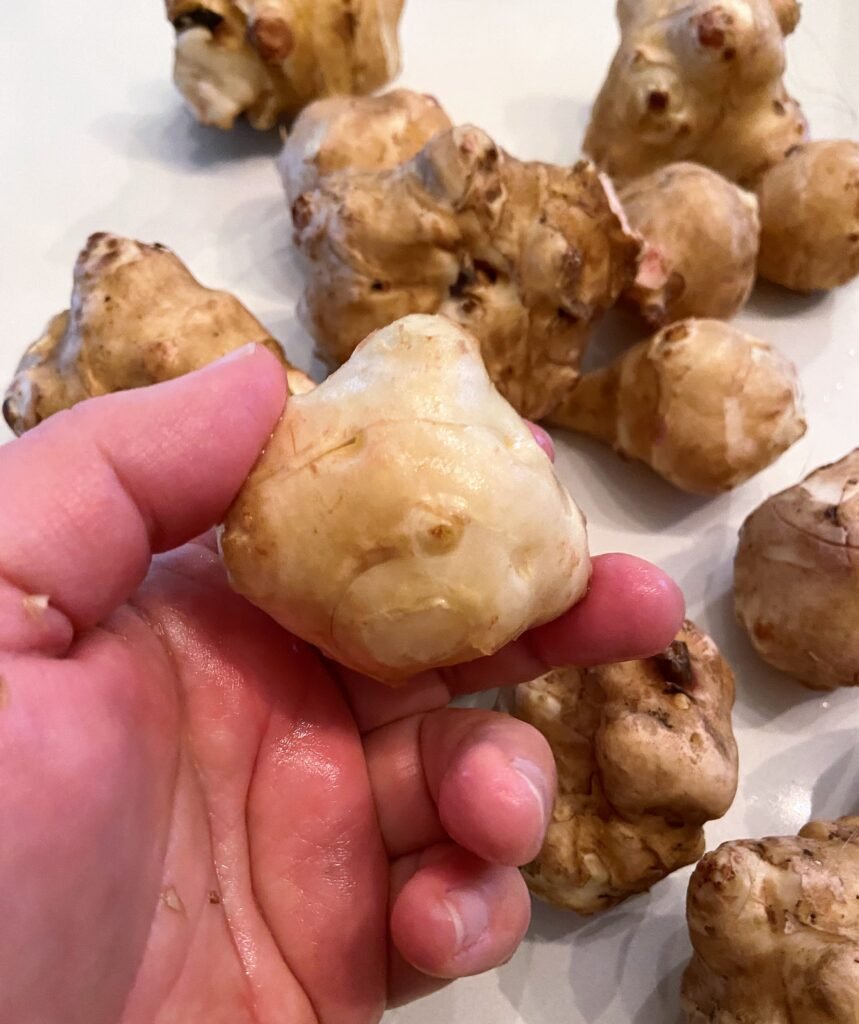
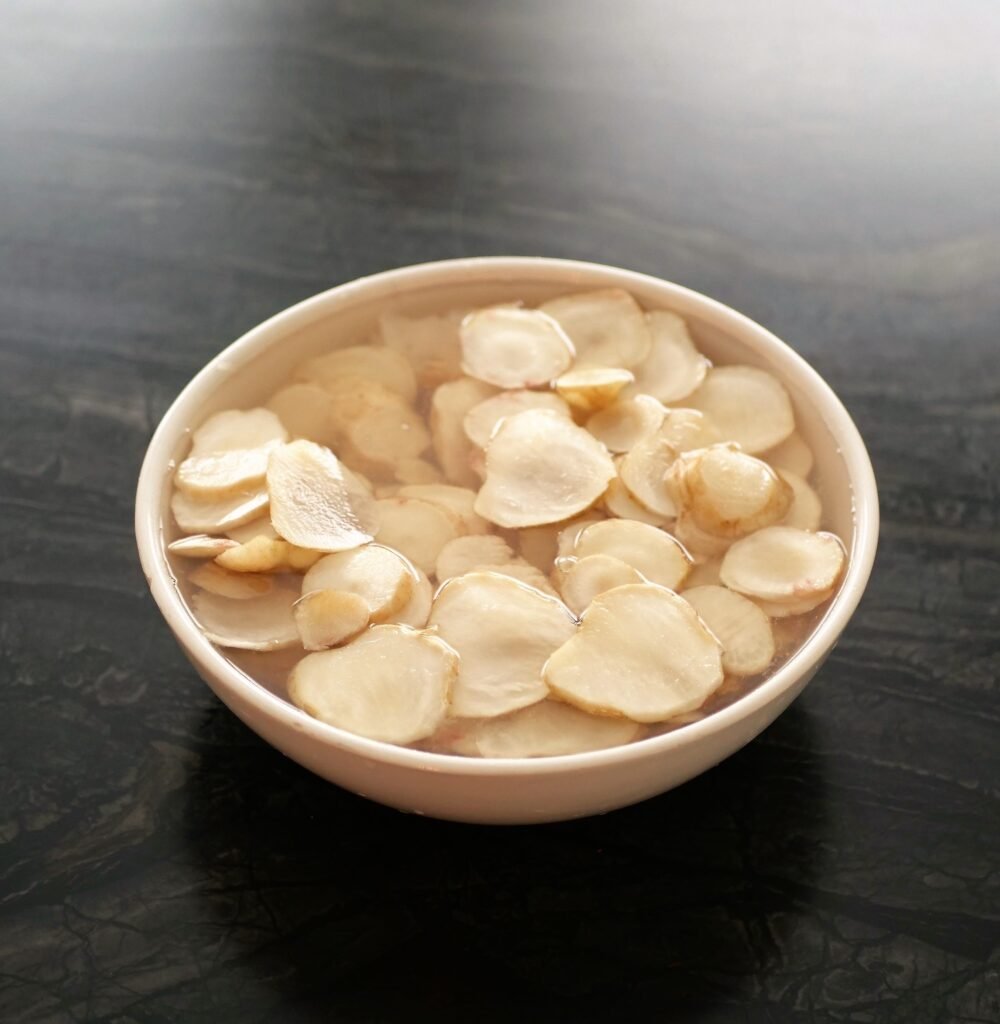
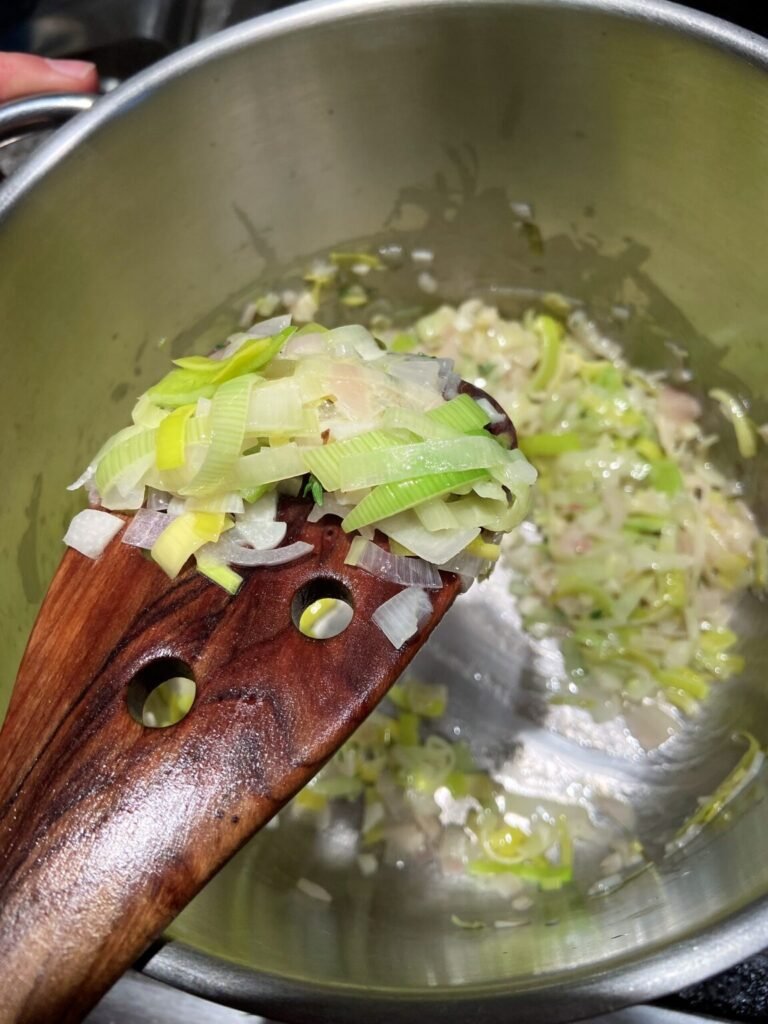
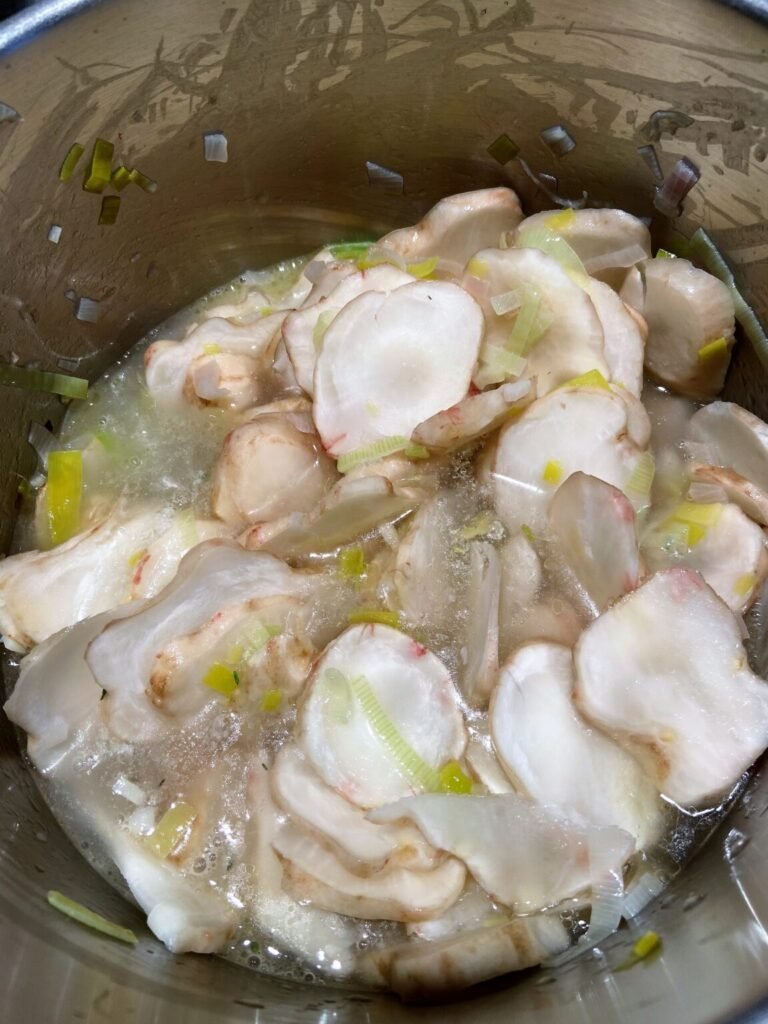
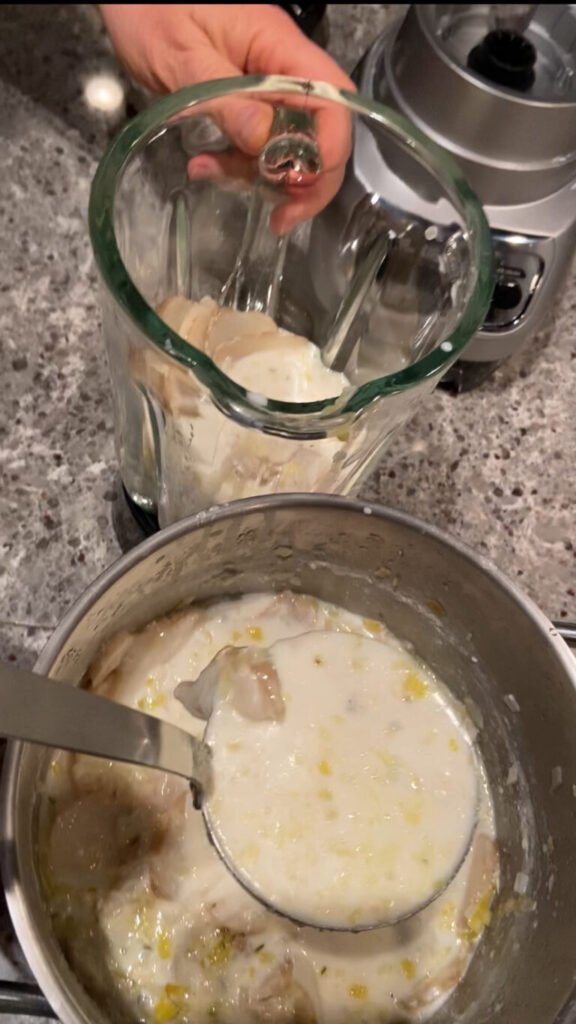
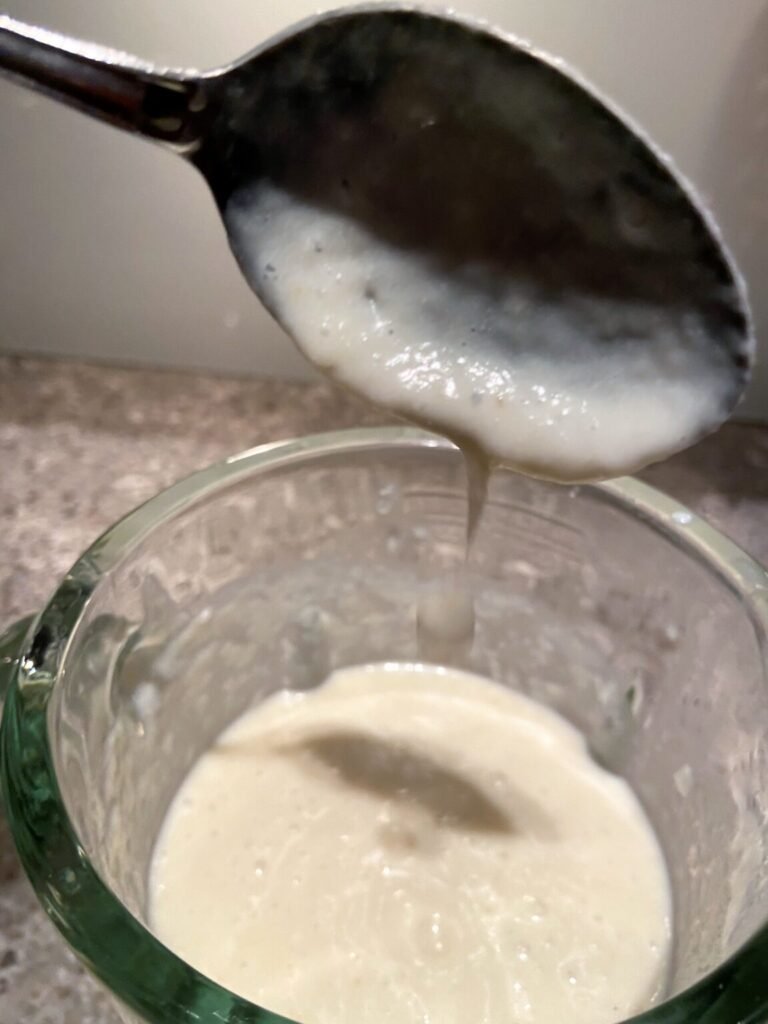
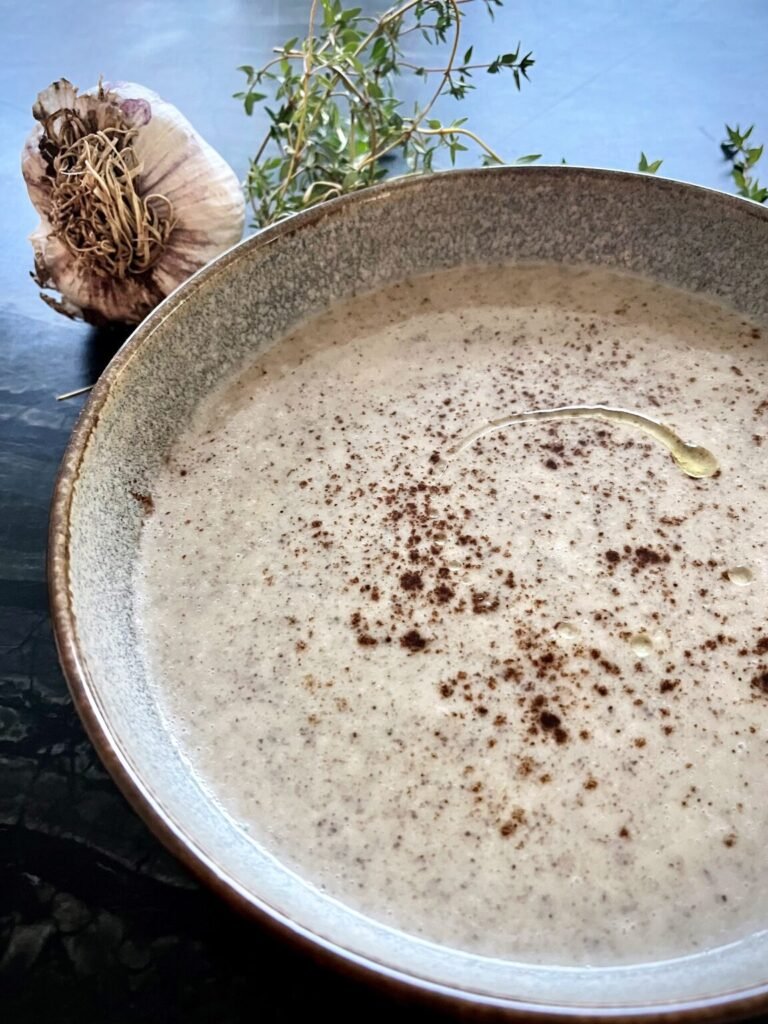
Creamy Jerusalem Artichoke Soup Velouté Recipe

Ingredients
- 2 lb. Jerusalem artichoke - (1 kg)
- 1 leek - white part only
- 2 shallots
- 2 large garlic cloves
- 4 tbsp. butter
- 2 cups whole milk or light cream
- 2 cups light chicken stock
- 4 sprigs of thyme
- ½ cup dry sherry wine
- 2 tbsp heavy whipping cream - optional
- Salt and pepper to taste
Instructions
Preparing vegetables:
- Wash and scrub or peel the sunchokes. Have a large pot of cold water with a bit of lemon ready. Slice sunchokes and immediately put them in a bowl of water.
- Wash and slice the leek. Peel and slice the shallots and garlic.
Cooking Jerusalem artichoke soup:
- In a large pot over medium heat, melt butter. Add sliced leeks, shallots, and garlic. Sauté until soft and translucent, around 7 minutes.
- Add peeled and sliced sunchokes to the pot. Add thyme leaves. Cook briefly (2-3 minutes) before deglazing with sherry.
- Stir, allowing most of the alcohol to evaporate.
- Pour in chicken broth and light cream, bringing the soup to a boil. Reduce heat, cover, and simmer until sunchokes are tender (20-25 minutes).
- Use an immersion blender or, transfer soup to a stand blender. Pure until smooth.
- Season with salt and pepper. Adjust consistency by adding more broth if needed.
- Soup can be served now, or for a creamier soup , add heavy whipping cream and bring the soup to a gentle boil. Cook for additional 5 minutes on low.
- Don’t add heavy whipping cream to the batch of soup you plan to freeze.
- To freeze the sunchoke soup, first allow it cool to room temperature. Then pour it to clean freezer-safe containers.
- To serve frozen sunchoke soup, first thaw it in the refrigerator overnight.
- Once thawed, you can stir in some whipping cream for a smooth, velvety texture. The amount of cream you use depends on the portion you’re serving—start with 1 tablespoon of cream, then add more as needed, until it reaches your desired creaminess.
- Gently reheat the soup with cream on the stovetop over medium heat. Stir often.
We can’t wait to learn how this preserve recipe worked out for you. Leave us a comment below, like us on X, Facebook, Pinterest and Instagram. And remember, sharing is caring!
Frequently Asked Questions
Can this soup be canned in a boiling water bath canner?
No, this soup cannot be safely canned in a boiling water bath canner. Here’s why:
- Low-Acidity Ingredients: Sunchokes, cream, and chicken stock are all low-acid ingredients, which makes this soup unsuitable for boiling water bath canning. Low-acid foods can support the growth of dangerous bacteria, like Clostridium botulinum, if not processed correctly.
- Dairy Content: The cream in the soup further complicates canning because dairy products are not recommended for home canning. They can break down during processing, leading to an unpleasant texture and potentially unsafe conditions.
- Safe Canning Options: If you want to preserve this soup, your best option is freezing. If you are determined to can a sunchoke soup, you would need to omit the cream and use a pressure canner, which can safely process low-acid foods. After canning, you could add cream when reheating before serving.
Why do I need to cool soup before freezing?
Cooling soup before freezing is important for a few reasons:
- Prevents Ice Crystals: If you freeze soup while it’s still hot, you will have condensation forming inside the container. This will lead to the formation of ice crystals that can affect the texture and taste when reheated.
- Keeps Freezer Temperature Stable: Hot soup can raise the temperature inside the freezer, which may cause other frozen items to thaw and refreeze, affecting their quality.
- Helps Soup Freeze Faster: Cooling soup first, makes it freeze faster. Quick freezing helps preserve both flavor and texture of the soup.
We always recommend cooling soup to a room temperature or keeping it in a fridge for a day before freezing
What are the best containers to use for freezing soup?
The best containers for freezing soup are those ones that are airtight, leak-proof, and made of materials that can handle freezing temperatures. These are the two options:
- Freezer-Safe Plastic Containers: These containers are lightweight, durable, and easy to stack, which helps save space in your freezer. However, make sure to pick containers labeled “freezer-safe” to prevent cracking in the freezer.
- Glass Containers (with plastic lids): On the other hand, glass doesn’t absorb odors and can go from the freezer to the microwave or oven, making it a great choice for freezing soup. Just be sure to use glass containers labeled “freezer-safe” to avoid breakage. Most Mason jars, as well as WECK and Le Parfait jars, are perfect for both canning and freezing. Because of this versatility these canning jars are always our top pick!
For all containers, leave some space at the top for expansion as the soup freezes, and always label them with the date for easy tracking!

Why does my soup look curdled after defrosting?
If your sunchoke soup looks curdled after being defrosted, it doesn’t mean it’s spoiled. Curdling often happens when cream or dairy separates due to freezing and reheating. The texture can look a bit strange, but the soup is still safe to eat as long as it has been properly stored and hasn’t developed an off smell or unusual color. Don’t worry, the flavor and texture of the sunchoke soup won’t be effected by this unsightly look.
Here’s what you can do to make it look great again:
- Reheat gently: When reheating, do so over low heat and stir constantly to help bring the cream back together.
- Add a little more cream: Sometimes, adding a bit more cream or milk while reheating can help smooth out the texture.
- Blend it: If it’s still lumpy, you can use an immersion blender or regular blender to make it smooth again.
You may also like:
-
Duo Of Pickled Crunchy Cucumber Spears And Pattypan Squash
Why would anybody pickles pattypan and cucumbers spears together? How about bragging rights? Anyone can bring a jar of cucumber pickles to the table. But when you casually say, “Oh, these are my pickled pattypan squash and cucumber spears”, just… read more
-
Sauerkraut With Apples And Carrots: Simple Food For Healthy Gut
This probiotic-packed sauerkraut is crunchy, tangy, and perfectly spiced with cumin and coriander – no store-bought mystery ingredients, just real food doing its thing. It is also ridiculously easy to make. Plus, it actually tastes good, unlike some of those… read more
-
What Is And How To Make Ukrainian Zucchini Caviar (Zucchini Relish)
Think caviar is just for the rich and their tiny crackers? Think again! Ukrainian zucchini caviar is the people’s caviar—no fish eggs, just pure veggie magic. Call it zucchini relish, zucchini dip, or ‘fancy peasant pâté’—just know you’ll be eating… read more
-
How To Make Sauerkraut – Traditional Ukrainian Fermented Cabbage Recipe
A weight-loss doctor suggested fermented cabbage and Ozempic for shedding pounds. We’re not sold on Ozempic, but sauerkraut? Count us in! This Ukrainian fermented cabbage recipe has kept our family slim and regular for generations. Packed with vitamins and probiotics,… read more
-
Soy Sauce Pickled Cherry Tomatoes: Try Bold, New Pickle Flavor
Yes, you can make soy sauce pickled cherry tomatoes! They are a bold twist on traditional pickles, delivering an unexpected burst of umami and sweetness. Forget ordinary vinegar-based brines—this recipe transforms your tomatoes into an unforgettable flavor bomb. Perfect for… read more
-
How To Pickle Cherry Tomatoes: Easy Recipe, Tips, And Troubleshooting
Cherry tomatoes are the candy of the vegetable world, but they don’t last forever—unless you pickle them! Try this easy, beginner-friendly recipe for the perfect homemade holiday gift. Pickled and canned cherry tomatoes make a great addition to your charcuterie… read more
-
Fried And Pickled Sweet Banana Peppers: Recipe For Canning
Looking for a simple way to jazz up your charcuterie board? This fried and pickled sweet banana peppers recipe is your new go-to! These peppers are easy to can, so you’ll always have a jar ready to impress guests—or just… read more
-
How To Make Pickled Roasted Bell Pepper
Pickled roasted bell peppers are a pantry staple, and making them at home is easy and rewarding. With rising prices and growing interest in food quality, now is the perfect time to roast and pickle your own. It’s a simple… read more
-
Easy Hungarian Lesco: Hearty Tomato – Pepper Stew Canning Recipe
Just as ratatouille brings France to life, lecho (lecso) is Hungary in a bowl. This rich, sweet-and-sour stew of tomatoes and peppers uses simple ingredients with bold, unforgettable flavors. Want to enjoy it all year? Try the canning recipe and… read more
-
A Better Way To Use Green Tomatoes – Pickle Them!
Let’s be honest, fried green tomatoes aren’t that special. Without the movie, we wouldn’t even be talking about them. So, what should you do with your green tomatoes? Make pickles, of course! Go ahead—make some. Bet you can’t resist eating… read more
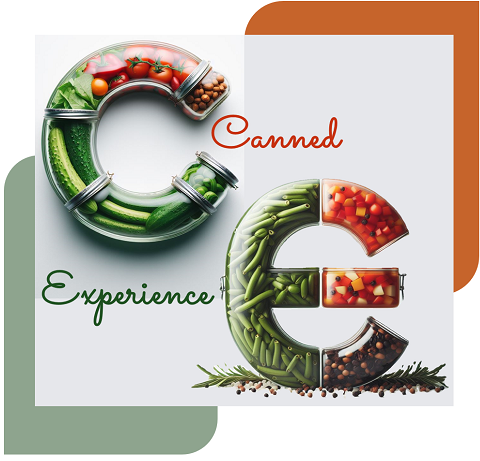



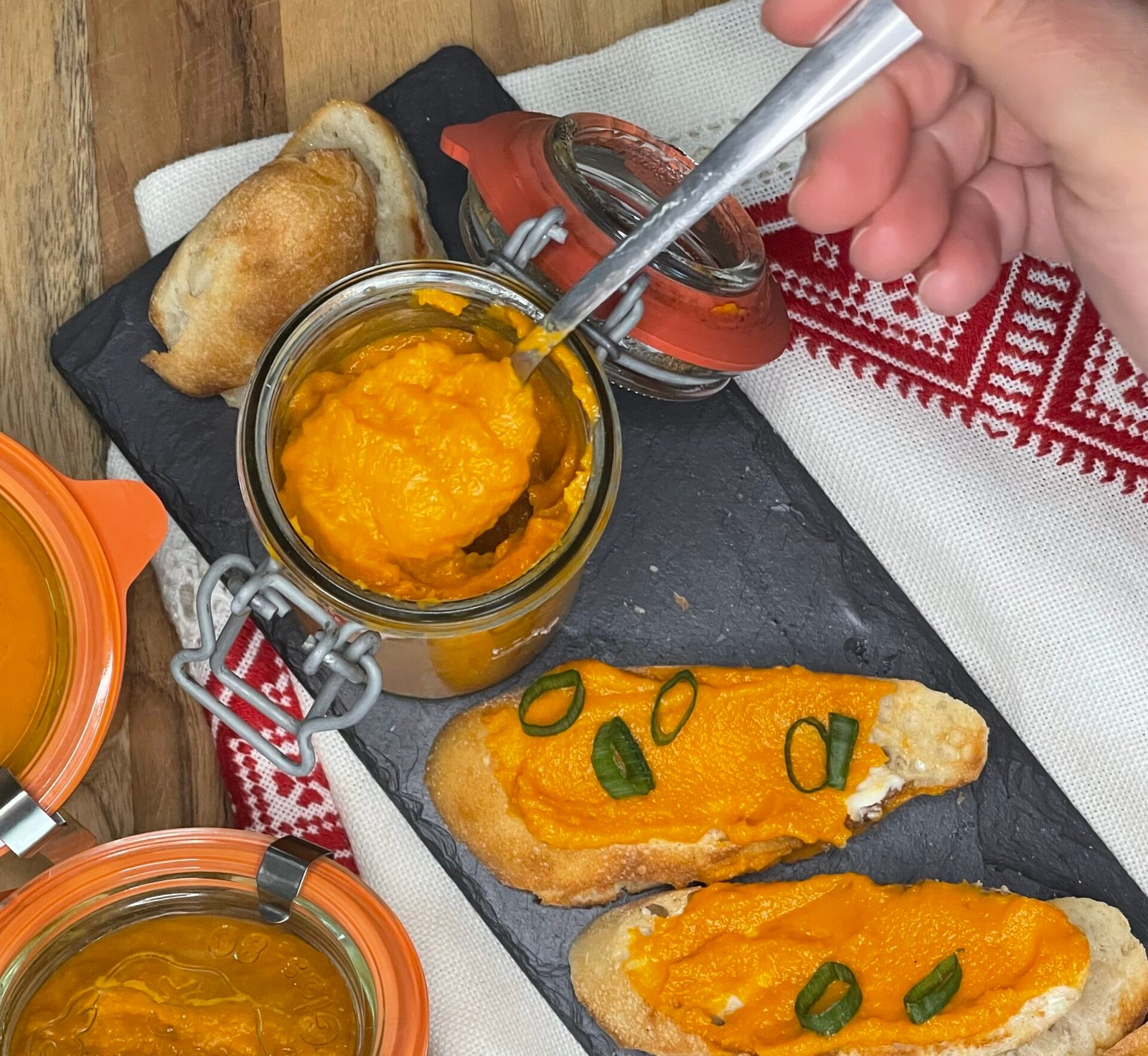
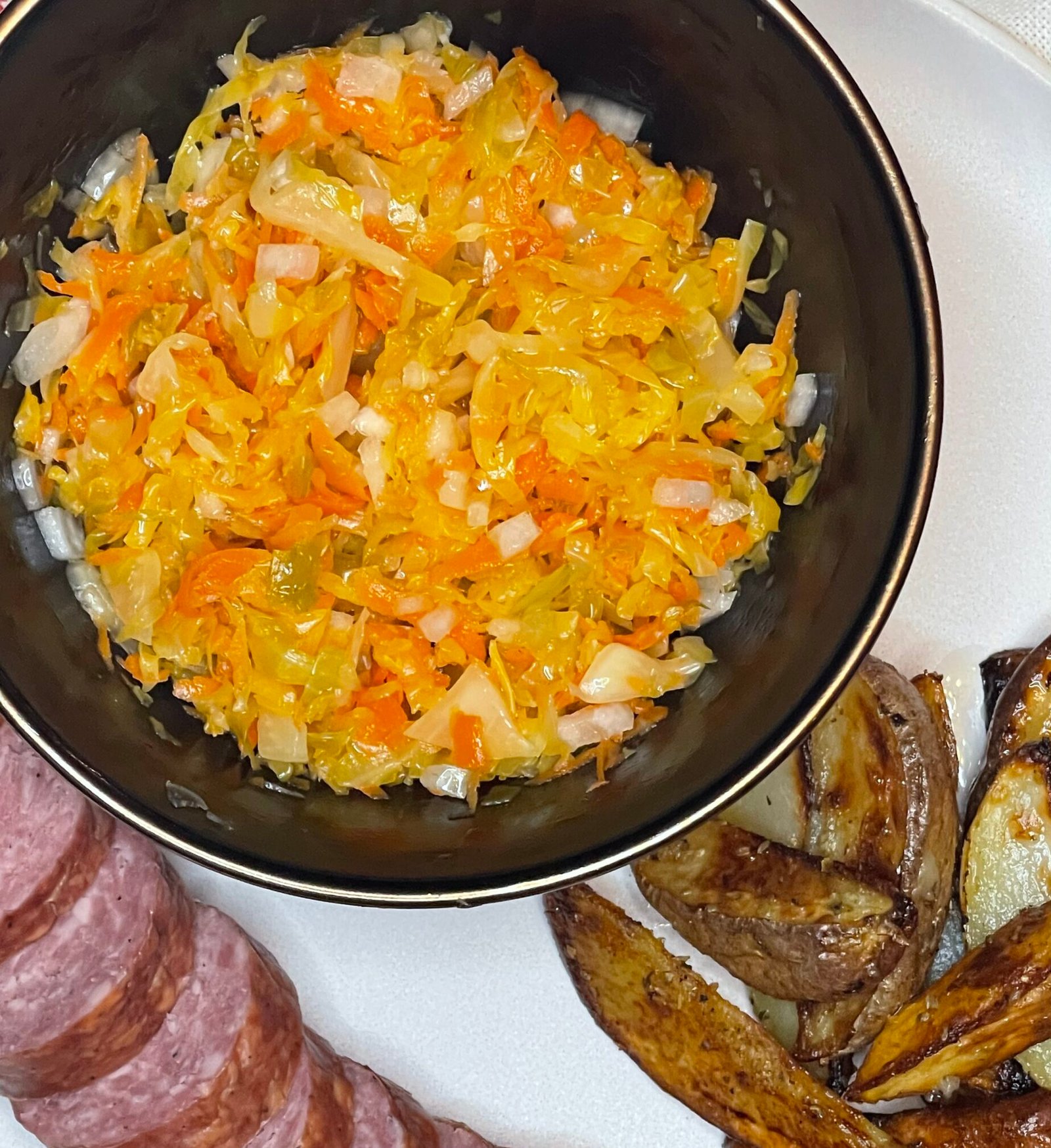
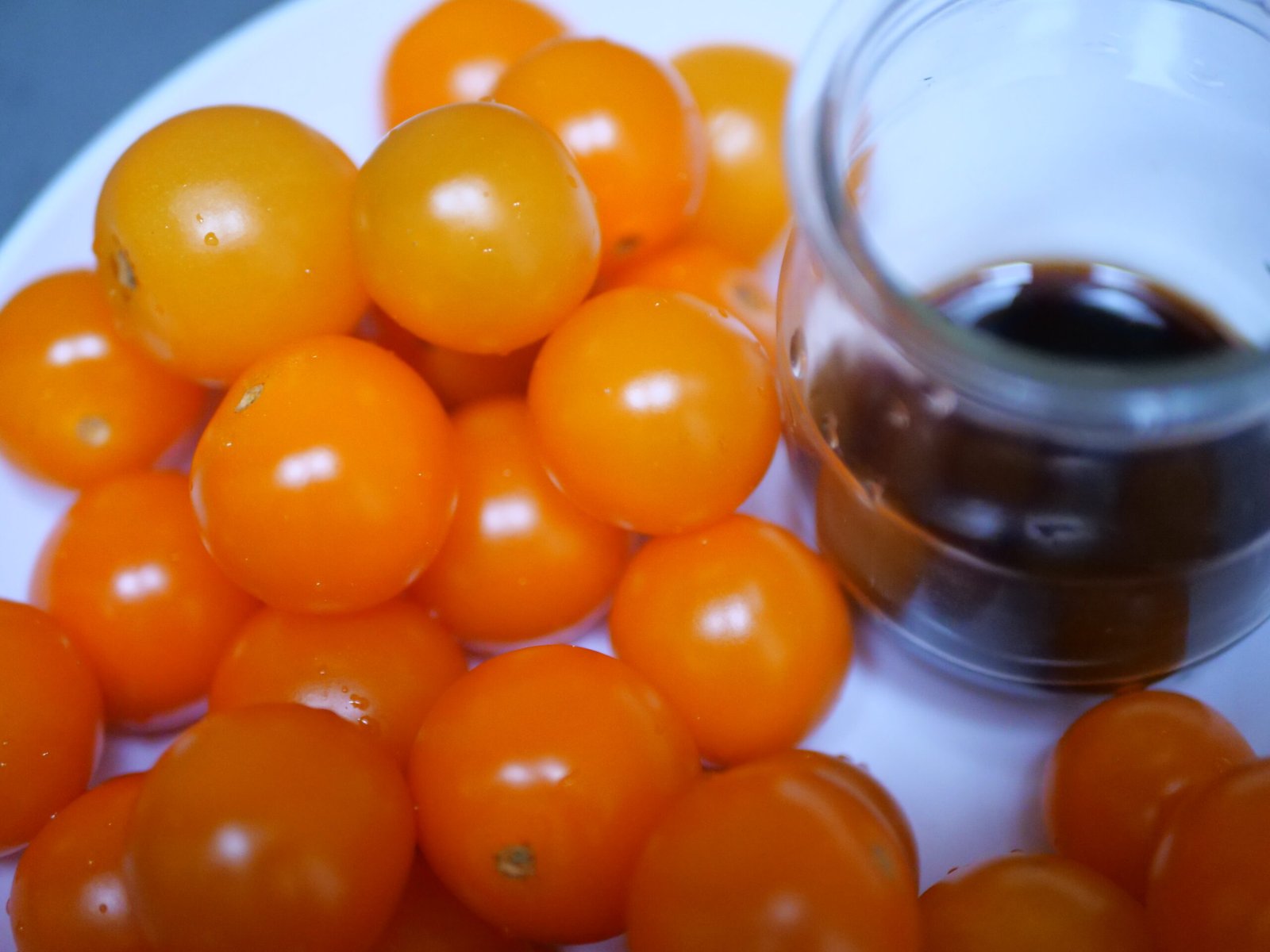
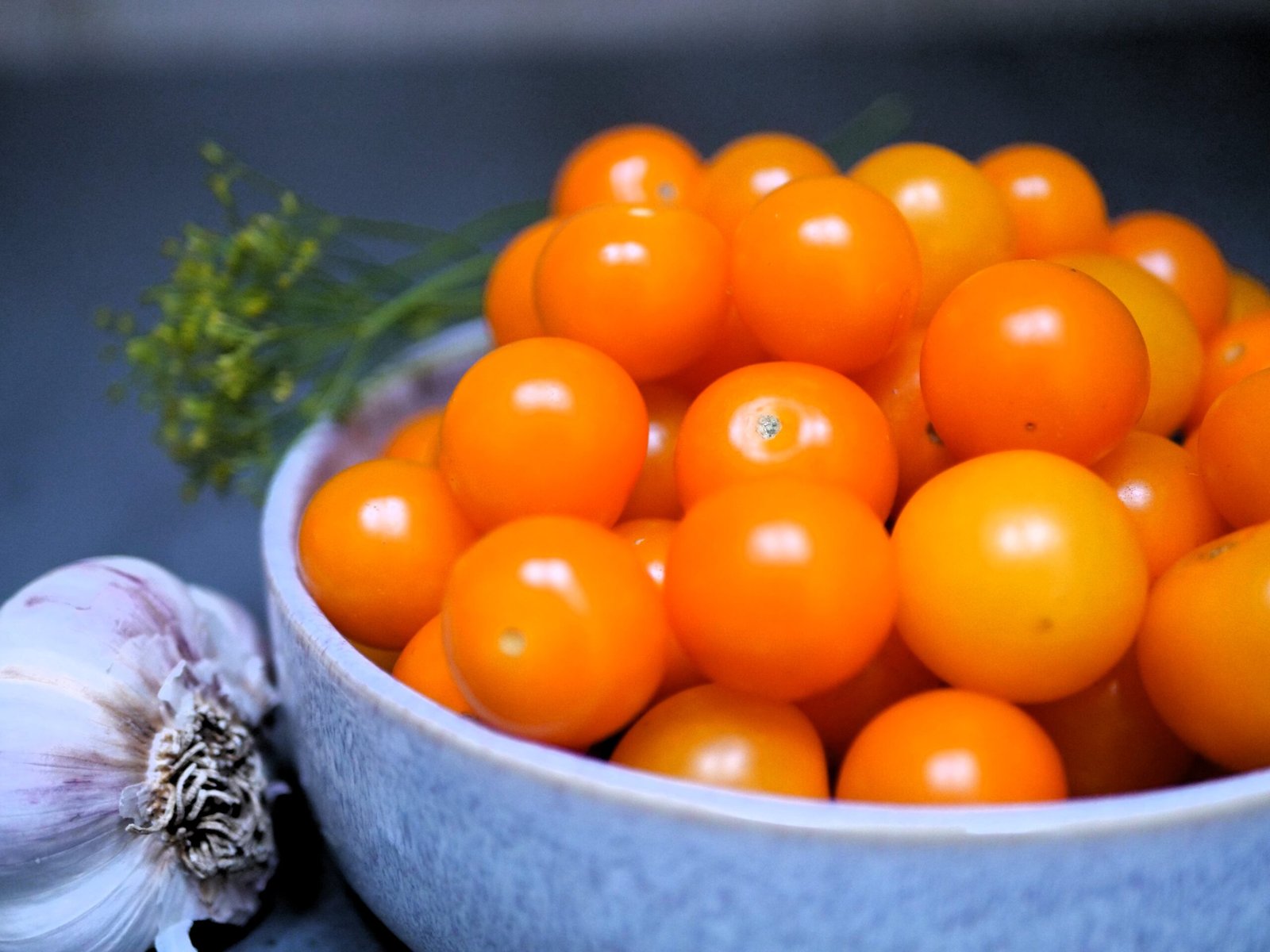


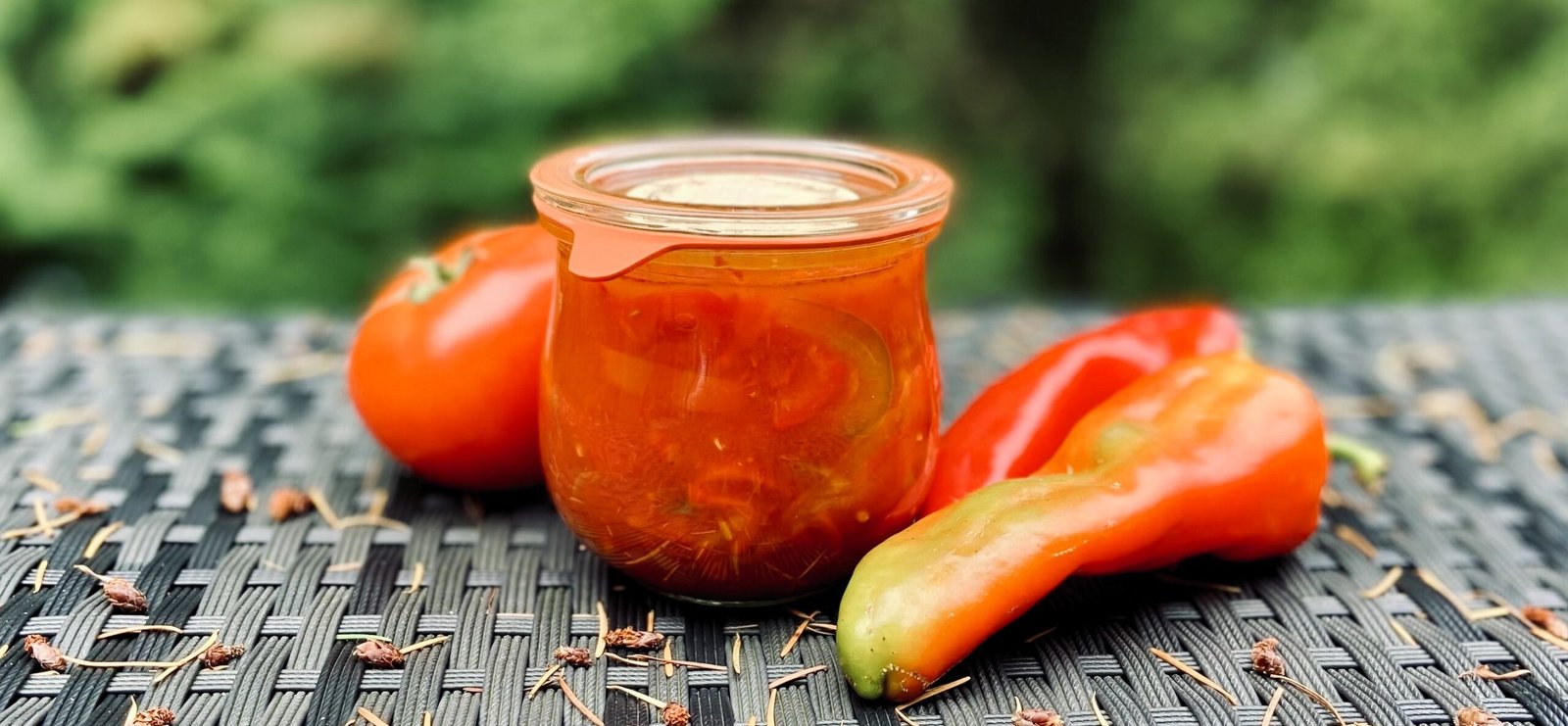



Leave a Reply